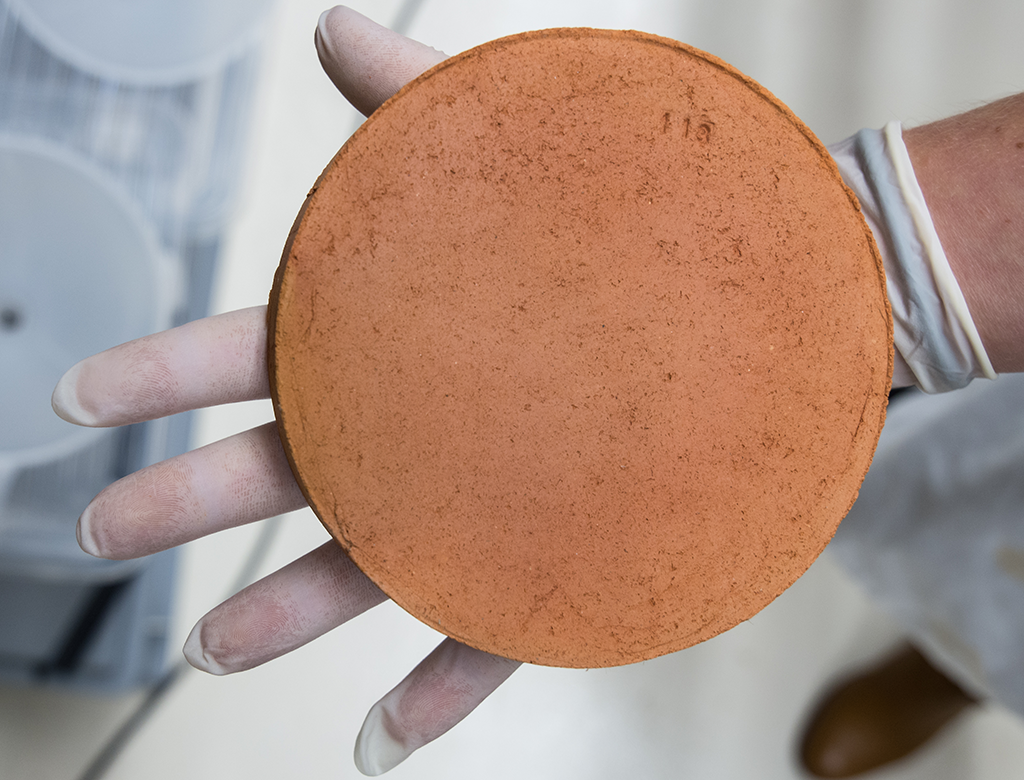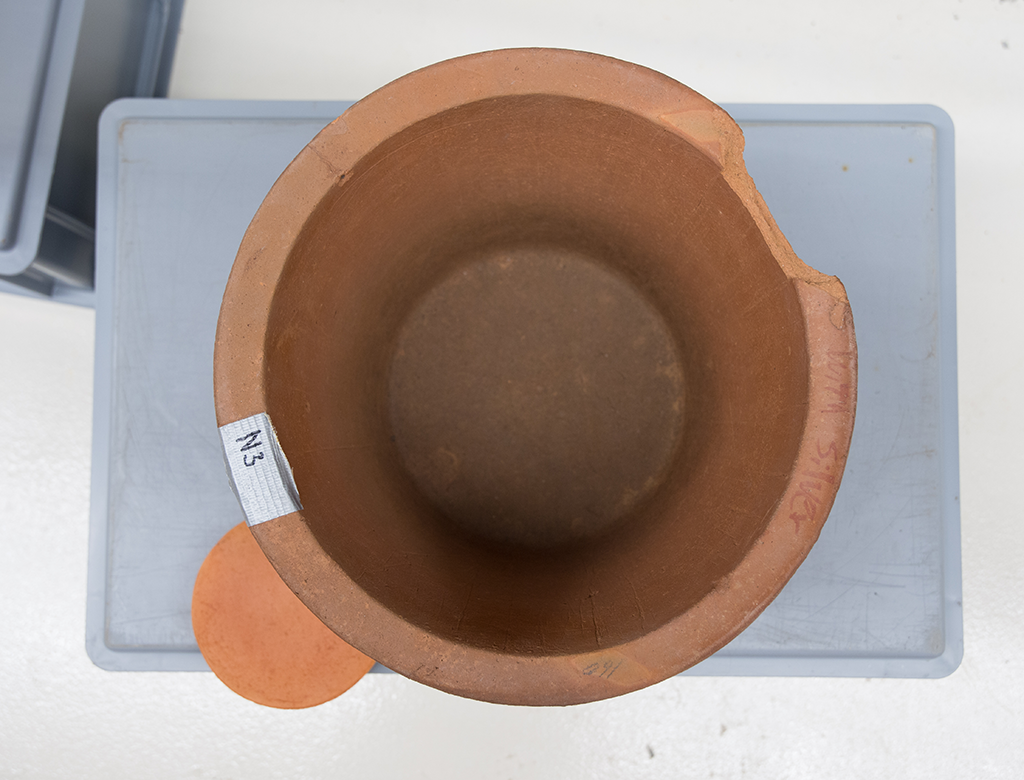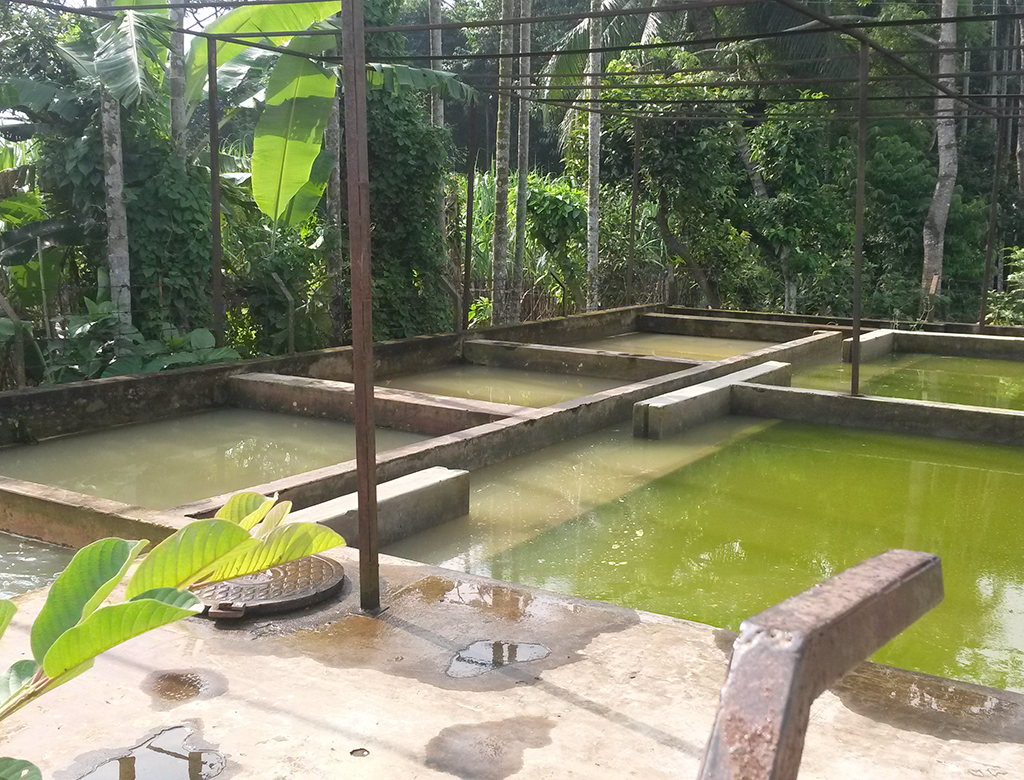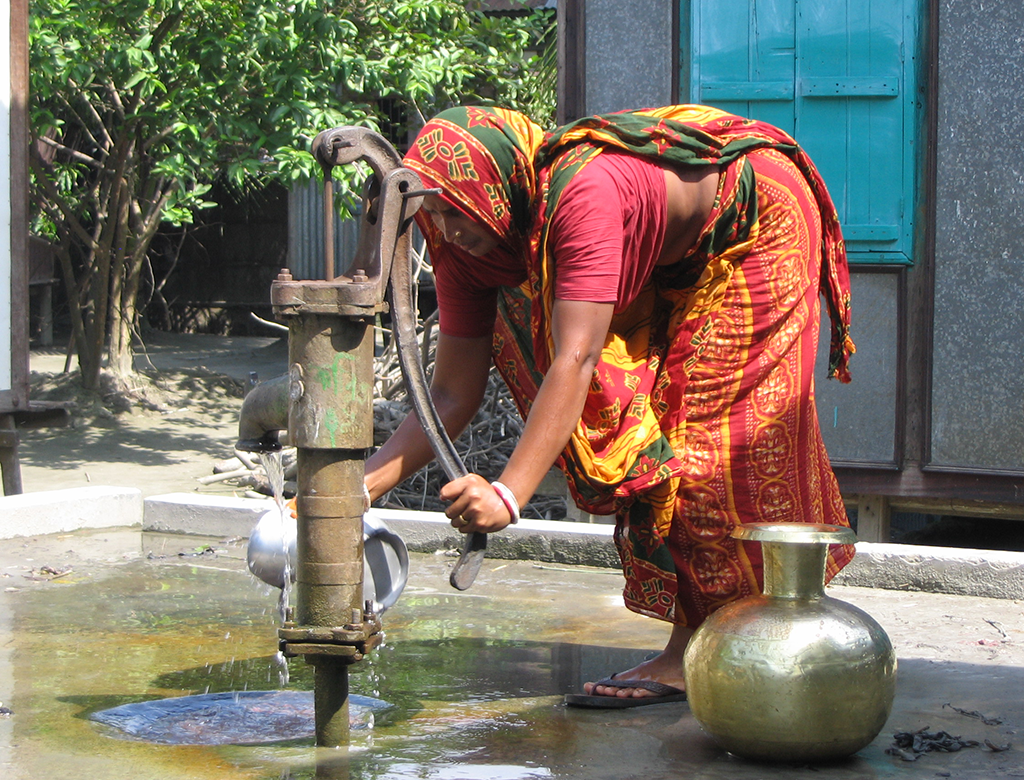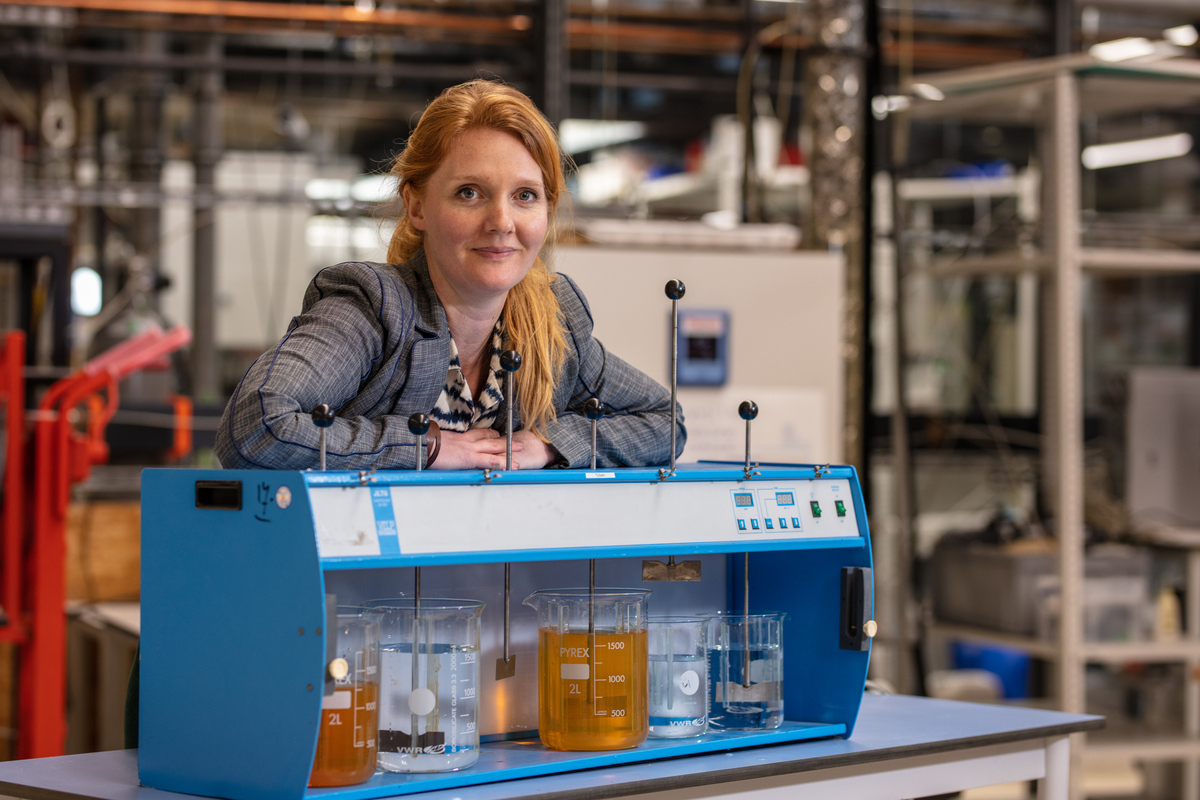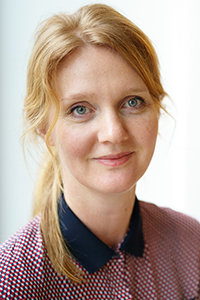Doris van Halem’s aim is to make drinking water safe and accessible to all. Not by adding expensive chemicals but by putting to work the tiny creatures already present in it. She is tackling the two health risks associated with contaminated drinking water which have been hardest to eradicate: arsenic poisoning and infectious diseases caused by viruses.
‘Our colleagues stared in disbelief when they heard about our approach,’ Van Halem says. ‘How can you remove arsenic from water using something that is present in that same water? Traditionally research into drinking water is focused on physico-chemical processes, which means either destroying the pollutants or filtering them out.’
There’s life in drinking water
Micro-organisms did not figure high on Van Halem’s list either when she started looking at alternative water treatment methods. ‘The life forms that naturally occur in water are usually regarded as yukky creepy crawlies. If they end up in a drinking water filter – a process called biofouling – we usually throw a lot of chemicals at them so they die.’ In waste water treatment micro-organisms play a very important role but their use in the treatment of drinking water has met with little recognition. ‘Drinking water is seen as water that has very few nutrients for micro-organisms to feed on. And yet this nutrient-poor water has active micro-organisms. The question is how to use this activity for the aim we have in mind.’
A village in Bangladesh
In order to design more effective water treatment methods Van Halem needed to gain a better understanding of the processes taking place in the water itself. ‘Many researchers will go for new, expensive materials with, for instance, nanoparticles. Those could definitely work but for me the question is: do we need them? A country like Bangladesh cannot afford them and Dutch companies will also prefer a cheaper option.’
Van Halem developed her method while exploring two main problems affecting drinking water worldwide diseases caused by viruses and bacteria, and arsenic poisoning.
Removing viruses with ceramic pot filters
Van Halem first recognised the importance of the role of micro-organisms in water by accident. It was during a research project which took her to Ghana, Cambodia and Nicaragua where she was testing a ceramic pot filter with tiny holes which filtered out harmful bacteria and protozoa. The pots are made in factories the world over using local materials. But what they cannot do is filter out the viruses responsible for such water-related diseases as, for instance, hepatitis.
‘These ceramic pots always contain a little silver solution which is often used in many other products as well because it is seen as a disinfectant. But we didn’t know if it is of any use to combat viruses.
Van Halem looked at pots both with and without silver solution and found that over time biofilms developed in the filters that contained no silver solution. Trapped on the inside of the filter the organic material and the bacteria continued to grow. ‘People want clean drinking water so their first instinct was to clean the filter and get rid of the slimy sludge. But after a couple of months we found that the biofilm filters were much better at removing viruses.’
Arsenic poisoning
Years later Van Halem and her team achieved another important breakthrough. They found that it was possible to remove arsenic from groundwater by means of the iron that naturally occurs alongside of it.
Arsenic naturally occurs in groundwater and is highly toxic. Elevated concentrations of arsenic can cause skin diseases and cancer. ‘A country like Bangladesh has had problems related to arsenic poisoning for decades. Because of the pollution of the surface water people were digging shallow wells everywhere. But the water they were pumping up turned out to be contaminated with arsenic.’
Arsenic oxidation is a very slow process and the received wisdom among drinking water treatment experts is that the process can only be speeded up with the help of a chemical, i.e. an oxidant. Iron which is also present in the water also oxidises and during that process it absorbs the arsenic. But the quicker the oxidation the less arsenic is removed. ‘We thought, what if we can reverse the process? How can we slow down the oxidation process of the iron in the drinking water and remove the arsenic all the quicker?
Then Van Halem and her team hit on new idea: delayed iron oxidation. ‘By slowing down the oxidation of the iron immediately after the water is pumped up, it will remove more arsenic from the water. To put is simply, it makes a difference if instead of putting the water in a bucket it is put in a bottle closed off with a top. What if the same principle can be applied to a central purification system?’
Impact
Van Halem wants her work to be relevant. ‘In areas which are experiencing huge problems your work can make a big difference.’ But although her work is aimed at solving problems she wants to do more. ‘I also want to find out how things really work and use that knowledge to devise better solutions. There are many researchers who are focused more on figuring out challenging scientific puzzles than solving problems. In the field of drinking water treatment it’s the practical problem solvers who are in the majority. We bridge the gap between the two.’


